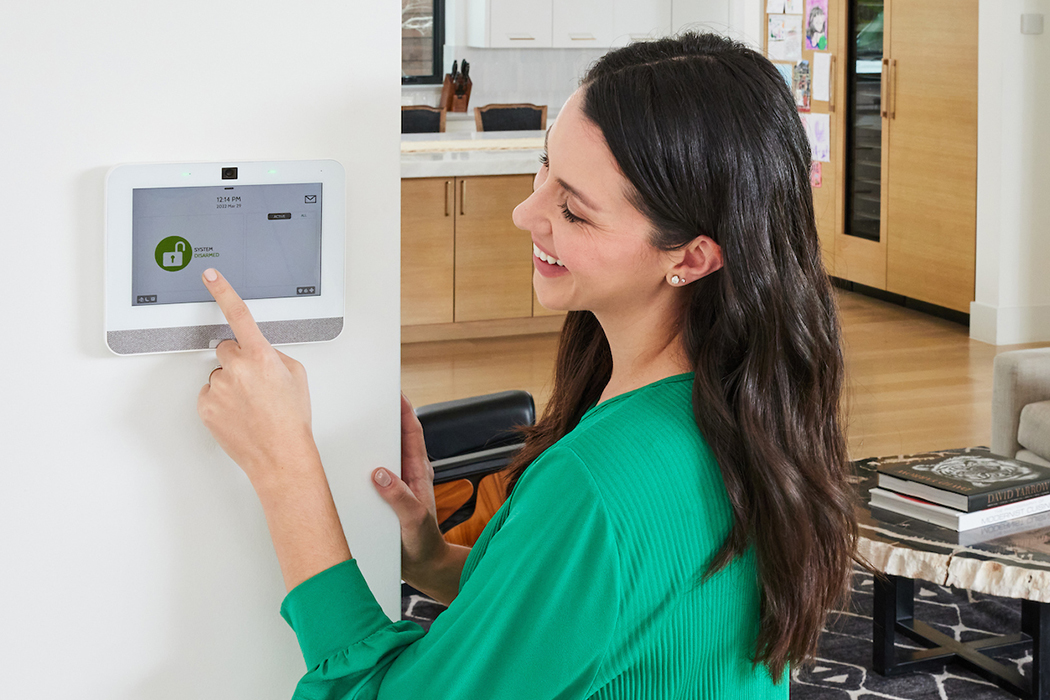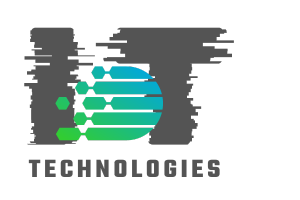
How Students Can Automate Sustainably for a Greener Future
Share
In today's rapidly evolving world, many students are embracing the potential of automation to not only streamline their tasks but also contribute positively to the environment. The key question is how students can automate sustainably, ensuring that their tech-savvy endeavors align with eco-friendly practices. This article aims to delve into the strategies and tools available for students to achieve sustainable automation.

The Importance of Sustainable Automation
Automation has become a buzzword in the tech industry, promising efficiency and time savings. However, it's crucial to approach automation with a sustainability mindset. By automating sustainably, students can reduce their carbon footprint, conserve resources, and promote environmental consciousness. The integration of sustainable automation practices is an essential step towards a greener future.
Tools and Technologies for Sustainable Automation
There are numerous tools and technologies that facilitate sustainable automation. For instance, smart home devices can significantly reduce energy consumption. By utilizing eco-friendly home automation, students can control lighting, heating, and cooling systems more efficiently. Additionally, platforms like IFTTT (If This Then That) allow students to create automated workflows that minimize energy use.
Choosing the Right Automation Tools
When selecting automation tools, students should prioritize those that are energy-efficient and environmentally friendly. Devices with energy-saving modes or those powered by renewable energy sources can make a substantial difference. Additionally, students can explore open-source platforms that offer customizable solutions for sustainable automation.
Integrating Automation with Renewable Energy
One of the most impactful ways students can automate sustainably is by integrating their automation systems with renewable energy sources. Solar panels, for example, can power automation devices, reducing reliance on non-renewable resources. Students can learn more about this by exploring trends in renewable energy integration.
Solar-Powered Automation
Solar energy is a clean, renewable resource that can significantly enhance the sustainability of automation systems. By installing solar panels, students can power their smart devices sustainably, reducing both energy costs and environmental impact. This approach aligns well with the growing trend of green living with smart technology.
Cost Benefits of Sustainable Automation
While the initial investment in sustainable automation technologies may be higher, the long-term cost benefits are undeniable. Energy-efficient devices and systems reduce utility bills and maintenance costs. Students interested in understanding the financial advantages of sustainable automation can refer to the cost benefits of sustainable automation.
Long-Term Savings
By implementing sustainable automation, students can enjoy significant long-term savings. Energy-efficient technologies not only lower monthly expenses but also increase the value of properties. Moreover, governments and institutions often provide incentives and rebates for adopting sustainable technologies, further enhancing the economic benefits.
Challenges in Sustainable Automation
Despite the numerous benefits, students may face challenges when attempting to automate sustainably. These challenges include the initial cost of setup, the need for technical expertise, and the availability of suitable technologies. However, with the right resources and guidance, these challenges can be overcome.
Overcoming the Challenges
To overcome these challenges, students should consider collaborating with peers and educators to share knowledge and resources. Engaging in community projects or joining sustainability-focused tech groups can provide valuable insights and support. Additionally, students can explore online resources and courses to enhance their understanding of sustainable automation.
Conclusion
In conclusion, the potential for students to automate sustainably is vast and promising. By leveraging the right tools and technologies, integrating renewable energy, and focusing on long-term benefits, students can play a pivotal role in promoting a sustainable future. As tech professionals and enthusiasts, embracing sustainable automation practices is not just an optionit's a responsibility towards our planet.

FAQ Section
What is sustainable automation?
Sustainable automation refers to the use of technology and automation tools that minimize environmental impact and promote energy efficiency.
How can students start with sustainable automation?
Students can start by researching eco-friendly automation tools, integrating renewable energy sources, and participating in sustainability-focused projects.
Are there any incentives for sustainable automation?
Yes, many governments and institutions offer incentives and rebates for adopting sustainable technologies, which can help offset initial costs.
